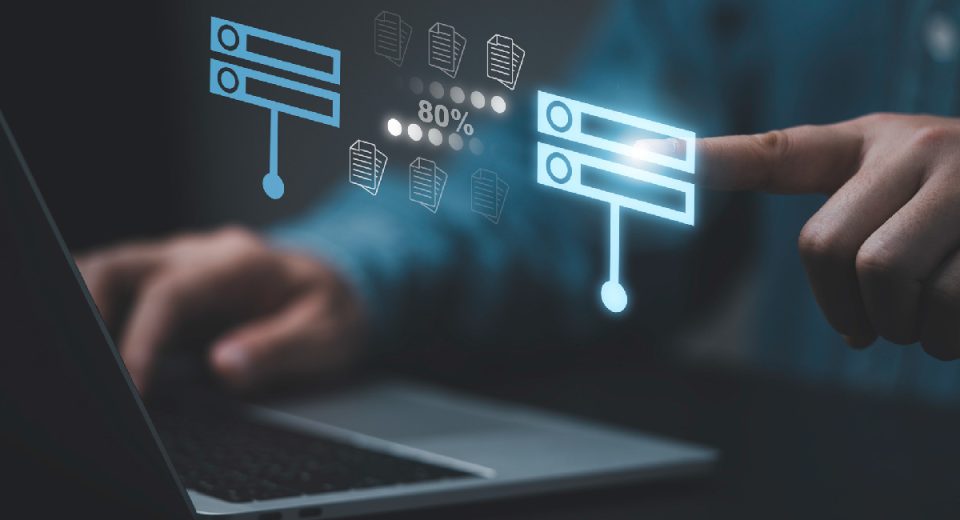Trading Economics – Is this a Strategy?

All markets, especially the currency markets, respond quickly to economic news, not only of a specific country but from all across the world. With a large variety of currency pairs being traded on the currency exchanges, there is always some piece of economic data, whose release can aid traders in taking decisions about their trade positions. This gives ample opportunity to trade economics if one is aware of the meaning and importance of the various economic indicators. Understanding and using economic information about a country or a region to place forex trades could prove to be a highly successful trading strategy.
Forex Trading Strategies
Every trader aims to make profits and perform well in the forex market, which is why they try out a variety of strategies to find one that works best for them. These strategies can be based on technical analysis indicators, sentimental analysis or even fundamental analysis, or a mix of two or more strategies. Fundamental analysis is one of the oldest and most reliable methods of trading in currencies, based on the study and analysis of various economic indicators. Used by all types of investors, financers, hedge fund managers, economists and commercial traders, economic indicator-based analysis is a popular way to make informed trading decisions.
Economic Indicators and Their Importance
People tend to get confused with the vast variety of financial information released by various sources across the globe. The key to resolving this issue is to use established economic indicators for chalking out a strategy. Some major economic indicators to look out for are the Gross Domestic Product or GDP related data of the country whose currency you are trading in. The next thing to look out for is the unemployment data of a country. For example, the US non-farm payroll report, released on the first Friday of every month, is a good indicator of the country’s employment scenario.
Another important indicator is the Purchasing Managers Index (PMI), which is a survey of all the purchasing managers across the manufacturing, construction and service sectors, and reflects the health of their market’s business conditions. One important thing to remember while trading economics is that every piece of information may be viewed or analysed differently by different traders. So while PMI of above 50 means the country is expanding and below 50 implies that it is contracting, many traders may view the latter as a recovery, when they compare it with the figures of the previous months.
Retail sales, manufacturing output, inflation level, housing starts and several other indicators also provide useful information for traders. Another thing to remember is that depending on the overall economic scenario and the specific economic situation of a country, the importance and impact of these indicators on currency prices may vary.
Trading Economic Indicators
While economic indicators and their role in building a forex trading strategy are useful, we need to know how to trade these indicators. For this, we need to set up a plan or strategy and identify the indicators that can help in trading. This should be followed by a plan about the timing of the placement of the trade, whether it should be immediately after the release of economic data or after a period of time. Last, but most important, is setting realistic goals.
One of the best strategy to trade economic news is to look for a period of consolidation ahead of a big number release and to just trade the breakout on the back of that number. This can be done in the case of short-term intraday trades as well as daily trades.
Does that mean anybody using the same economic information to trade forex will record the same profits? The answer is No. This is because, as mentioned earlier, the level of understanding of each trader varies. Besides this, each trader may chalk out a different strategy with different timings for entering a trade, which may lead to different outcomes. So, trading economics is not just about grasping information and using it to trade, it is about understanding the information and its impact, and taking suitable action, keeping in mind various other factors.
Disclaimer
If you liked this educational article please consult our Risk Disclosure Notice before starting to trade. Trading leveraged products involves a high level of risk. You may lose more than your invested capital.




